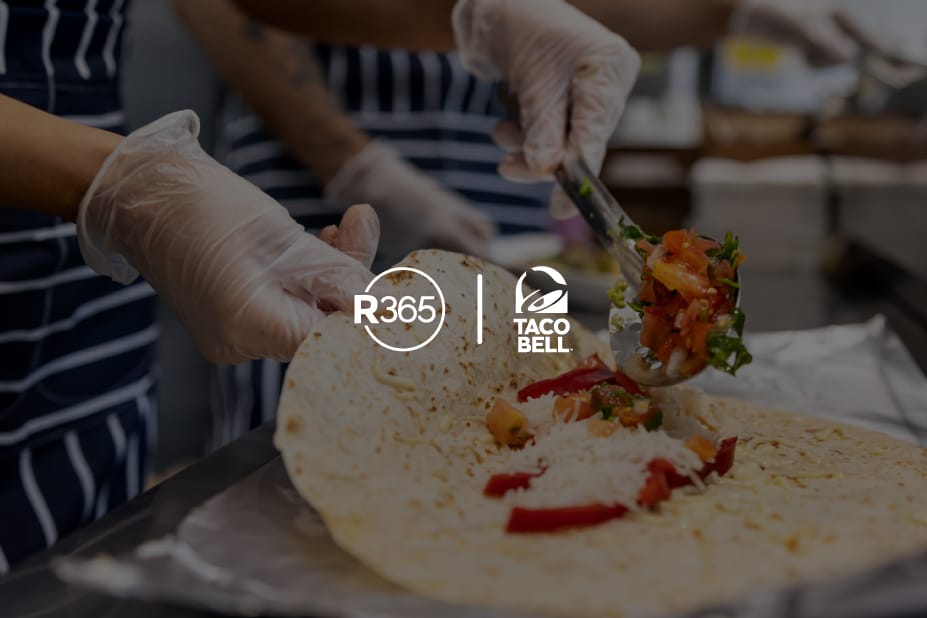Higher minimum wages, combined with the labor shortage are stretching restaurant labor budgets to a near breaking point, requiring you to optimize your restaurant labor costs now more than ever. Using your labor dollars as efficiently as possible is critical to your bottom line.
Using intraday polling, you can leverage data from your integrated POS system to make informed, same-day labor adjustments. However, making smart labor decisions throughout the day with intraday polling must be preceded by creating data-driven schedules and using POS integration with your restaurant management software.
Start by scheduling intelligently
Many restaurant groups still create employee schedules using the previous week’s schedule and adjusting it for the following week. Smarter scheduling empowers your managers to create consistently optimal schedules to ensure an excellent customer experience while controlling restaurant labor costs. With a custom labor model that provides scheduling “guardrails,” all your store-level managers can expertly schedule employees.
Your hourly sales forecasts and custom labor model provides managers with suggested number of employees for each hour of the day. By accessing average sales data from your POS and projecting that data forward over time, you can forecast your labor needs. When creating forecasts, analyze past labor costs by daily and hourly trends, not just weekly trends. Effective scheduling depends on analyzing your labor data and scheduling accordingly. Creating schedules in this manner requires fewer adjustments when you start using intraday polling.
Leverage POS integration with your operations and scheduling software
Intraday polling requires point-of-sale (POS) system integration. POS integration with your restaurant management software can transform your POS into an integral part of a data-driven restaurant labor cost strategy. POS integration is a streamlined connection between your restaurant management platform and your POS system. The connection enables your restaurant management software (accounting, inventory, scheduling, operations, payroll) to pull detailed data directly from your POS in real time.
By automatically keeping track of key metrics, such as labor as a percentage of sales, you can optimize labor spending based on business trends. POS integration empowers your store-level managers to make immediate staffing decisions to control restaurant labor costs by automatically recording time entry details for different job titles. Accurate information about your labor benchmarks ensures your managers can make informed adjustments daily, instead of weekly or monthly. (More information about intraday polling for real-time adjustments in the next section.)
POS integration can help you run your labor as efficiently as possible. For example, historical POS data can inform sales forecast numbers, enabling your restaurant group’s managers to create data-driven employee schedules that optimize labor spend. Additionally, a daily payroll accrual (enabled through POS integration with your accounting system), allows you to compare scheduled labor with actual numbers. Auto-created labor accrual journal entries from the POS import each day of the pay period provides true restaurant labor costs, so you can see the impact on your bottom line. With POS integration, you can quickly spot any labor issues and address them immediately, rather than at the end of the month.
What is intraday polling?
Intraday polling allows polling of current sales and labor data every 15, 30, or 60 minutes, depending on your POS capabilities. Using your operations dashboard, forecasted sales and labor data can be viewed alongside real-time data, allowing store-level managers to make labor decisions based on current sales each day to reach optimal labor performance, while above-store leadership can make impactful decisions while still in the shift that will ultimately drive impact the bottom line.
How does intraday polling impact restaurant labor costs?
Polling sales and labor data frequently allows your restaurant group to create effective strategies for labor cost control by leveraging labor allocation in relation to customer demand. With intraday polling updating sales and labor data every 15, 30, or 60 minutes, you can view accurate, up-to-date data for guidance on optimizing labor and improving your restaurant operations.
Consistent, up-to-date analysis of labor data enables your restaurant group to address labor issues in real time. Checking labor merely on a weekly or monthly basis allows for costly overruns that add up over time.
Intraday polling provides a deep dive into sales and labor data. The dashboard displays the forecasted sales and labor against the actual sales and labor data polled in from your daily sales summary. When the daily sales summary is polled in at the end of the hour, for example, the data will populate the dashboard to show the comparison between the forecasted labor and the actual sales and labor for that day. Store-level managers can then analyze these metrics to provide more accurate predictions for the current day’s sales and labor and then make staffing decisions to improve the restaurant’s performance.
Intraday polling can be especially useful if you’re using labor productivity metrics such as sales per labor hour (SPLH) and setting SPLH goals per location. With SPLH goals and current labor costs, you can arm your store-level managers with up-to-date data from your POS so they can make informed decisions about breaks, cuts, and call ins. Intraday polling can also show the variance between scheduled and actual overtime hours, as well as average check and guest count.
Conclusion
Controlling total restaurant labor costs relies on closely monitoring the relationship between your labor and your sales. You can adjust labor in near real time based on how the day is unfolding by aggregating sales data from your POS on a 15, 30 or 60-minute basis (depending on your POS capabilities). Known as intraday polling, this technology enables restaurant managers to make hourly labor decisions based on current sales to reach optimal labor performance.
If you’d like near real-time sales and labor data in order to make impactful decisions to increase your bottom line, consider a restaurant management system that’s integrated with your POS system, enabling intraday polling. Restaurant365 is an all-in-one, cloud-based, restaurant-specific platform that incorporates accounting, inventory, scheduling, operations, payroll +HR, and reporting. In addition to POS integration, R365 is also integrated with your vendors and bank, facilitating automated accounts payable and bank reconciliation.



